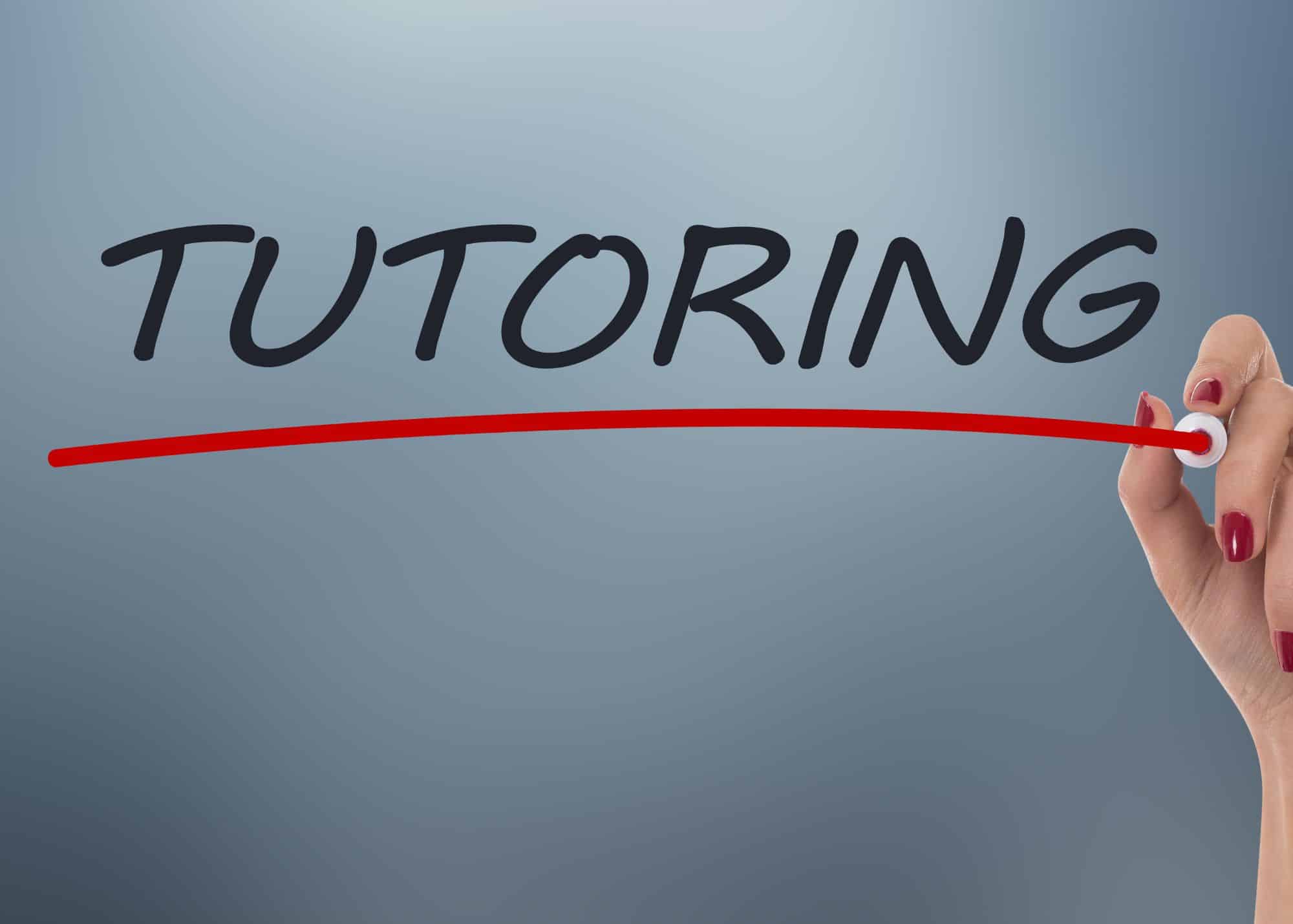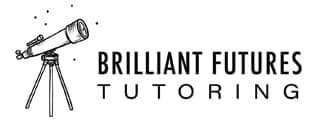
Reading Tutor For Children In Prince George
My Tutoring Approach
My tutoring approach is based on Orton-Gillingham. Instruction provided is 1-on-1, giving the student the attention and direct instruction they need to succeed.
The Orton-Gillingham approach is designed to help students who are just learning, or have difficulty reading and spelling become competent readers and spellers. This approach works for students with or without learning disabilities.
Multi-sensory Instruction: See, Hear, Say, Write
All learning styles are addressed: Visual Hearing Speaking Touch/Movement
Reading Foundation: Phonograms
Phonograms are letters or combination of letters that make one sound. Students will learn to make the connection between sounds and letters. From there you develop strong spelling and reading skills.
Teaching Reading, Writing, and Spelling
Step 1 Student Reading Assessments
After an assessment, a personalized plan to teach reading and spelling skills is created.
Identify strengths and weaknesses
Develop a personalized plan
Set goals
Plan for success!
Step 2 Direct Approach to Reading and Spelling: 1 on 1 Tutoring
Students learn to read and to spell without depending on pictures, keywords, or memorizing lists of words. Learning how to read by recognizing and building words through:
Identify and isolate sounds in words (phonemic awareness)
phonograms (letter or combination of letters and the sounds they make)
spelling rules
sentences (with correct spelling and punctuation)
letter formation (as needed)
Using a multisensory approach, I teach the connection between sounds and letters. Students learn how to identify, spell, and sound words.
Step 3 Re-Evaluate and Adjust
Step 4 Monthly Progress Report
Benefits
Improve reading and spelling
Decrease reading and avoidance
Reduce frustration when reading
Improve communication skills
Produce cognition
Improve comprehension
Increase analytical thinking ability
Student Success Story:
“John”, age 8, grade 3, did not have a diagnosed learning disability. During his initial assessment John had difficulty reading and spelling simple, 3-letter words like “sun”.
Making the direct connection between the sounds of letters and words opened a door of possibility and hope for John that he had not previously experienced.
Integrating games and activities into each session and providing multi-sensory and direct 1-on-1 instruction kept him engaged.
John finally realized that he was not “stupid:” I can READ!”
I offer a free reading assessment
How Does My Approach Compare with Sylvan or Kumon?
1-on-1 tutoring (1 student + 1 teacher with personalized instruction) is the most effective tutoring strategy for students that need help reading.
Orton-Gillingham is a superior approach for teaching reading.
Highly personalized instruction.
My approach is multisensory.
Private, safe space; embarrassment and anxiety are greatly reduced.
Fear of failure is greatly reduced along with a growing willingness to interact.
Faster results.
Optional: I prepare a plan and tools for studying at home that suits the student.
Why is 1-on-1 Tutoring Effective ?
1-1 tutoring is more focused and flexible than group tutoring.
1-1 tutoring keeps students focused and engaged in the lesson. This allows students to use time more efficiently.
I develop a personalized study plan aimed at strengthening the students’ weaknesses.
If the student has any difficulty, I can spend more time explaining.
Orton Gillingham Certified and Recommended By:
“Laurel was an excellent student who was quick to learn the elements of the Orton Gillingham method. Laurel is a hard worker who is very creative and worked well with instructors, other participants and practicum students. It is our pleasure to recommend Laurel for any position involving interaction with children” – Carol Vadnais, Learning Difficulties Centre of BC
Improve reading, writing, and spelling
Reviews

